Our climate is made up of a conglomerate of different factors, each influencing the climate to varying degrees. Sometimes a process or factor is the deciding factor, or sometimes it contributes only very slightly. Climate is not just whether it is hot or cold. It is also about the weather patterns, events that happen annually in an area or globally.
It’s about the whole Earth and where it sits in our universe, and it’s about the tiny microorganisms that live in the ocean. Many processes contribute and it is hard to keep track of all the things that make our Earth and it’s climate what it is. So the short answer is that pretty much everything contributes to changing or maintaining our climate to some degree. But here I will break down some of the factors to consider when thinking about climate here into a few sections.
Space and Climate
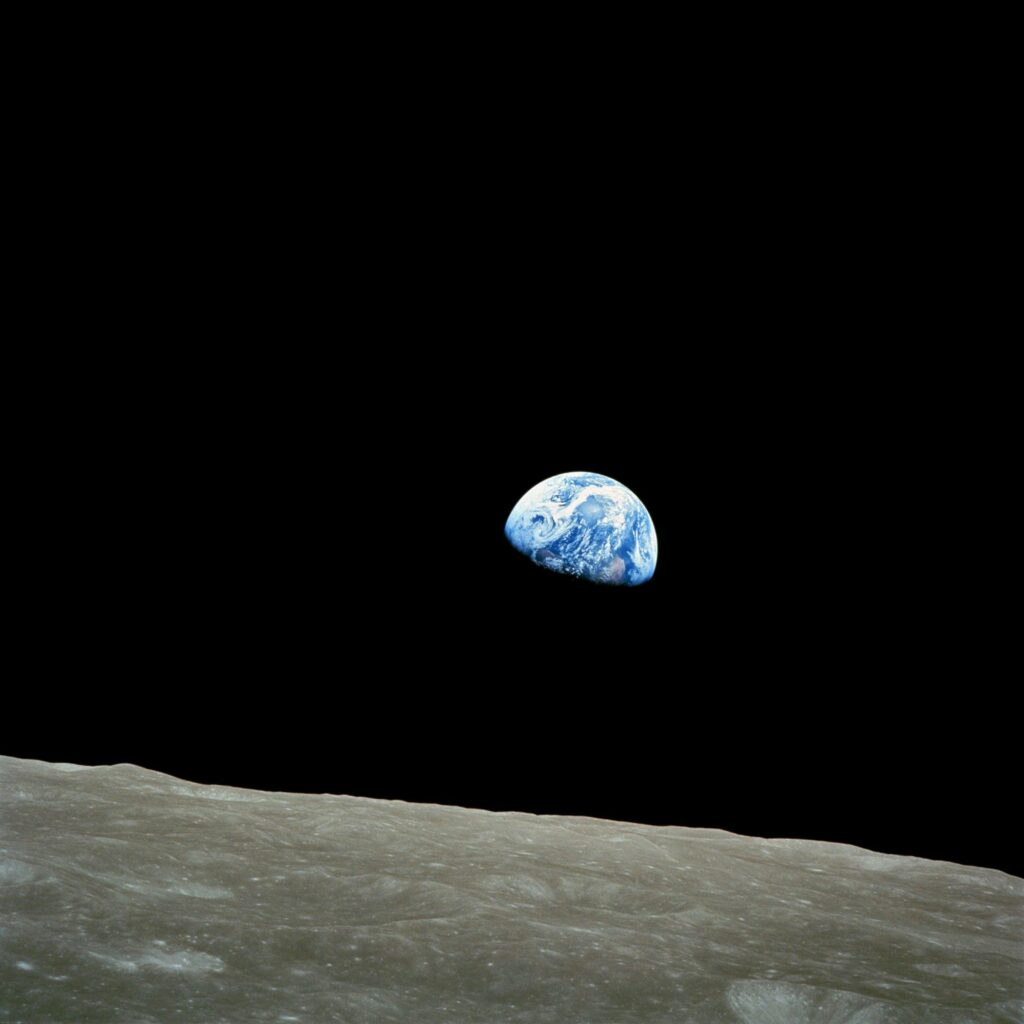
Now this might be one of the least expected things to affect climate (unless you read this article on the Milankovitch cycles here). But this is one of the big deciding factors for climate! Where our planet sits, especially in relationship to the sun has a huge effect. This is not a static factor either. Over hundreds of thousands of years our planet spins around the sun switching from having an almost perfectly circular orbit to having a more oval route.
The sun’s energy output can also change (though usually this is very slightly). The earth also has different levels of exposure to the suns energy based on the angle of it’s axis and how much it wobbles on it’s axis. These kinds of factors are largely the causes of whether we are in an ice age or an “interglacial”, like we currently are.
Geology and Climate
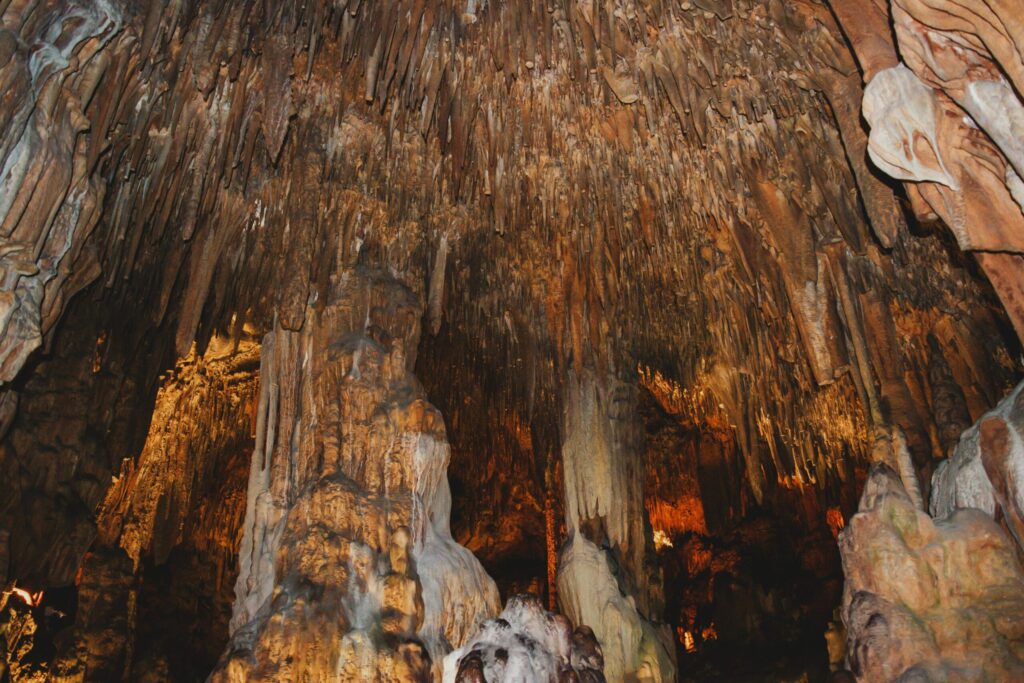
This is probably coming in at No. 2 on unexpected things that influence climate. However over very long periods of time, compounds from the ocean and atmosphere. This includes CO2 can be brought into the geology of the planet. This happens via chemical processes. For example carbonisation reactions which occur through biological processes where it combines with calcium to become a shell and then limestone, or by being stored in plants and then buried in the soil. This is a part of a very, very long term part of the carbon cycle, and carbon can be stored there for millions of years.
Hydrology and Climate
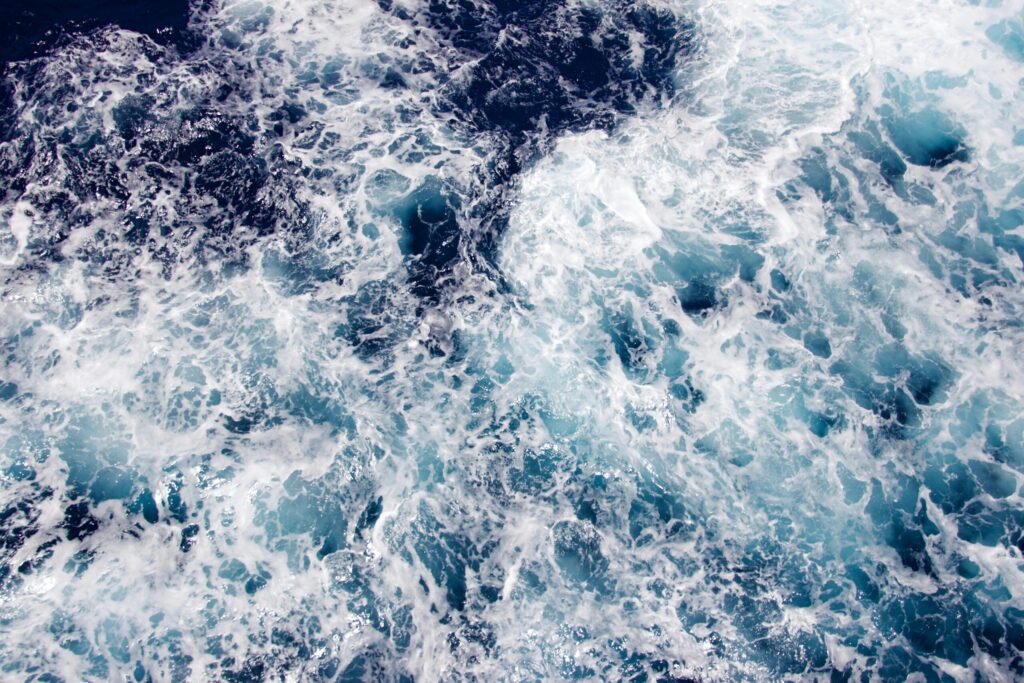
Speaking of long term parts of the carbon cycle, the oceans store massive amounts of it! Carbon that becomes a part of an aquatic plant, then a part of a marine animal and so on through the food chain. Eventually it sinks to the depth of the ocean and is stored there for millions of years in shales, limestones and other kinds of rocks. This is partly why there are oil fields under the ocean. As well as in marine rock deposits where there used to be oceans.
But the the hydrosphere (any water on earth) does a lot more than this to influence our climate. Interestingly, H2O has the property of being extremely stable temperature wise. Water can absorb a lot of heat which means that it’s great at keeping the climate cool.
Ice and Climate
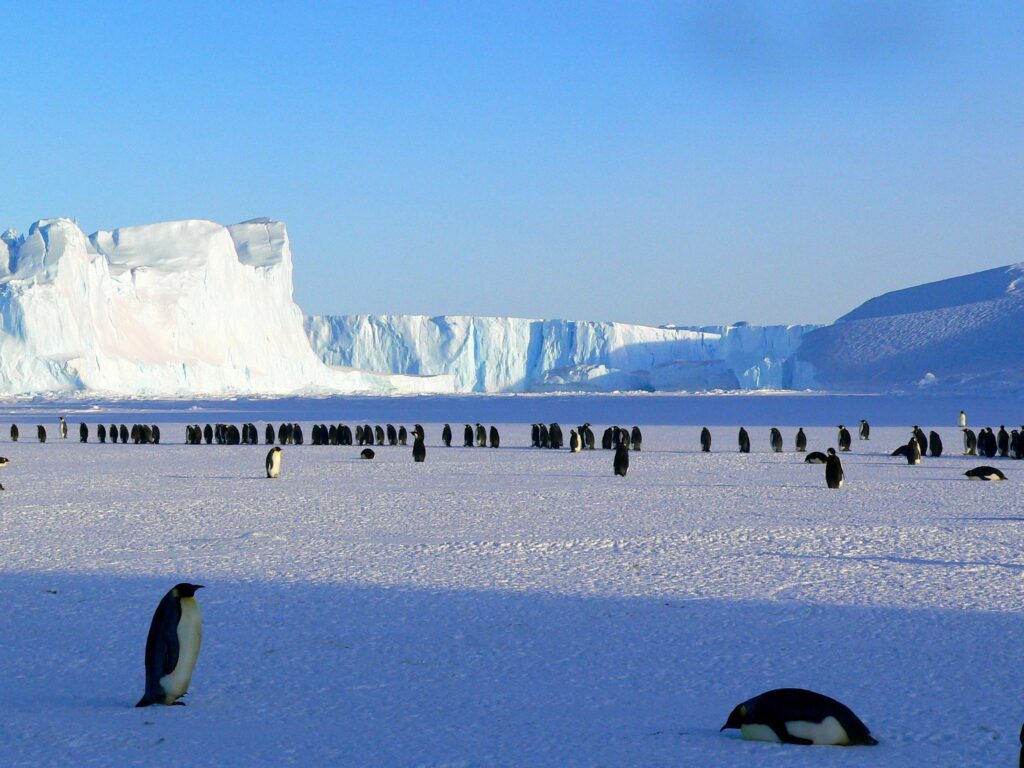
Ice is often considered outside of the hydrosphere. This is because of how influential it is on it’s own as it has a very important role in our climate. It increases salt and temperature differences in our oceans, allowing our ocean currents to flow. Ice is very influential for our global weather patterns like the El Nino Southern Oscillation, the Indian Ocean Dipole and the Southern Annular Mode.
Ice also has the very important property of being a bright white colour. This means it is highly reflective. Ice and snow can therefore reflect a lot of the sun’s heat energy back out into space. Which helps keep our planet cool. This property is called the albedo effect. This isn’t exclusive to ice of course, every substance has an albedo. This idea just refers to how much light is reflected back. It is also why light colours often appear “bright”. But this property of ice is a major factor in determining our climate.
Atmosphere and Climate
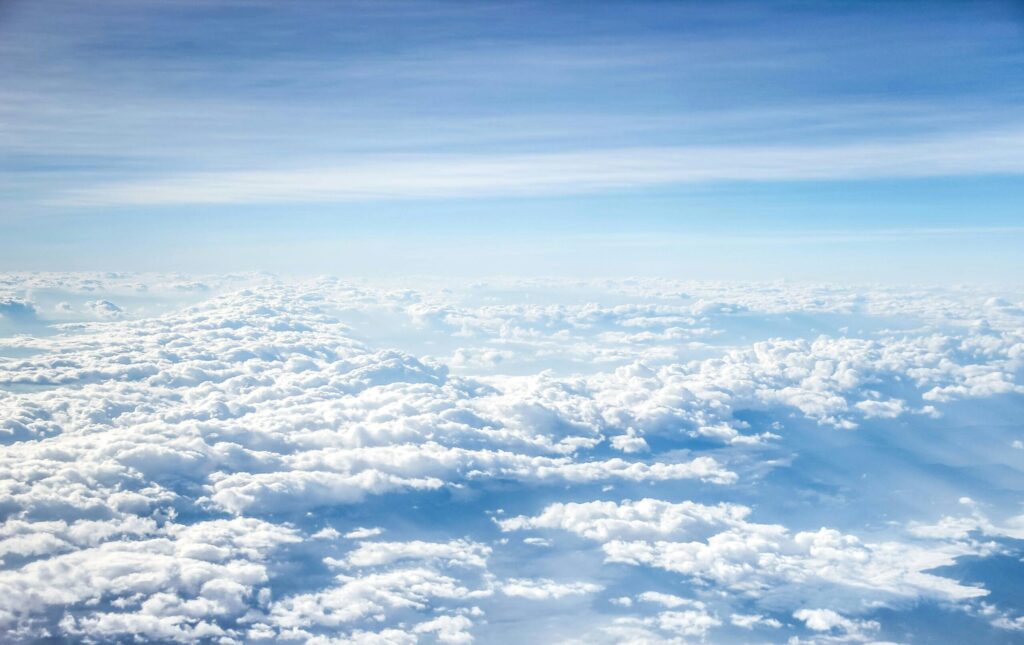
This is probably what most people were expecting. The properties of our atmosphere is one of the biggest factor when it comes to our climate. It is largely the location all the observable activity in climate. It is where weather happens and it has gasses that protect us from being fried by the sun. However, it also has “greenhouse gases”.
Greenhouse gasses aren’t bad, they make sure we don’t freeze, like Mars has. Greenhouse gasses include methane, CO2, water vapours and other gasses at smaller percentages. These gasses exist in our atmosphere for predictable amounts of time before ending up in the ocean, geology or biology. Water vapour enters at very predictable and stable rates, and is not really a factor contributing to the changing climate, other than in changes to weather patterns.
CO2 and methane however, are being released by human activity. This is through burning those carbon sources that were trapped in the Earth. It is also produced by wildfires (though these can be a positive thing for some ecosystems), farming livestock, volcanic eruptions and melting permafrost via global warming. Currently, our CO2 is at about 400ppm (parts per million). This is a tiny fraction of our atmosphere. However preindustrial levels were at about 350ppm, and we have seen significant changes from this small amount.
Biology and Climate
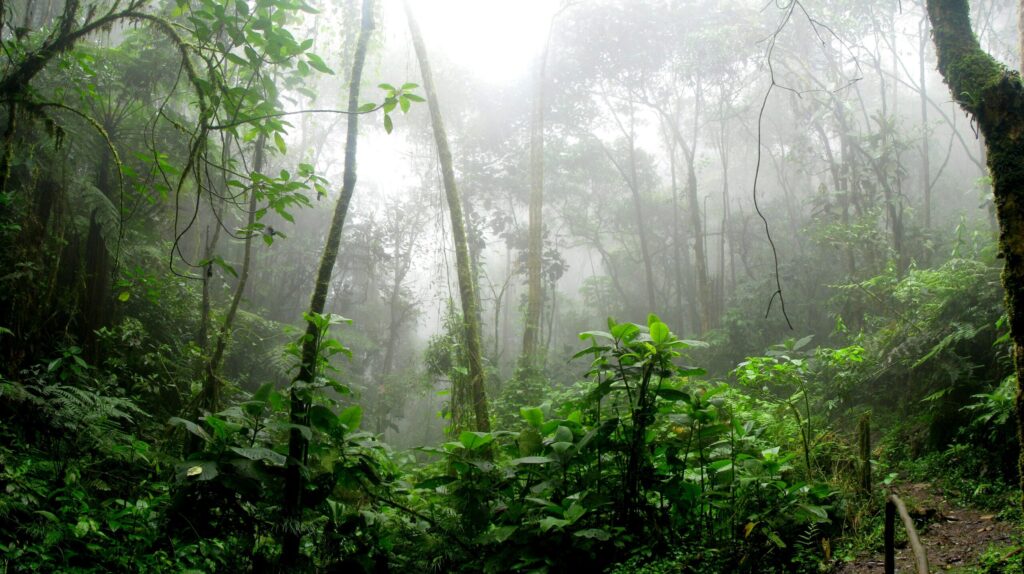
Life on planet Earth has a huge role when it comes to our climate. Plants suck up CO2 and store it, animals flatulate and release greenhouse gasses, and people burn fossil fuels. Animals maintain their ecosystems to make sure all of it stays functioning. This helps keep the temperatures stable, humans build buildings that increase temperatures in that immediate area.
Certain infrastructure also helps or hinders the flow of air and water which can dramatically change the local climate. The current biological population of earth tends to lean towards producing gases that increase the temperature of the planet. If any other creature did that other than humans it would be considered a biological process so this is the section it is being included in.
There are so many sub divisions of these sections that could be made, but that would probably have to be an entire encyclopaedia’s worth of information. This is just a starter and is by no means exhaustive, but in the future I am hoping to write more about volcanoes, but in the mean time, give this one that goes more in depth about how the Earth’s orbit influences the climate!

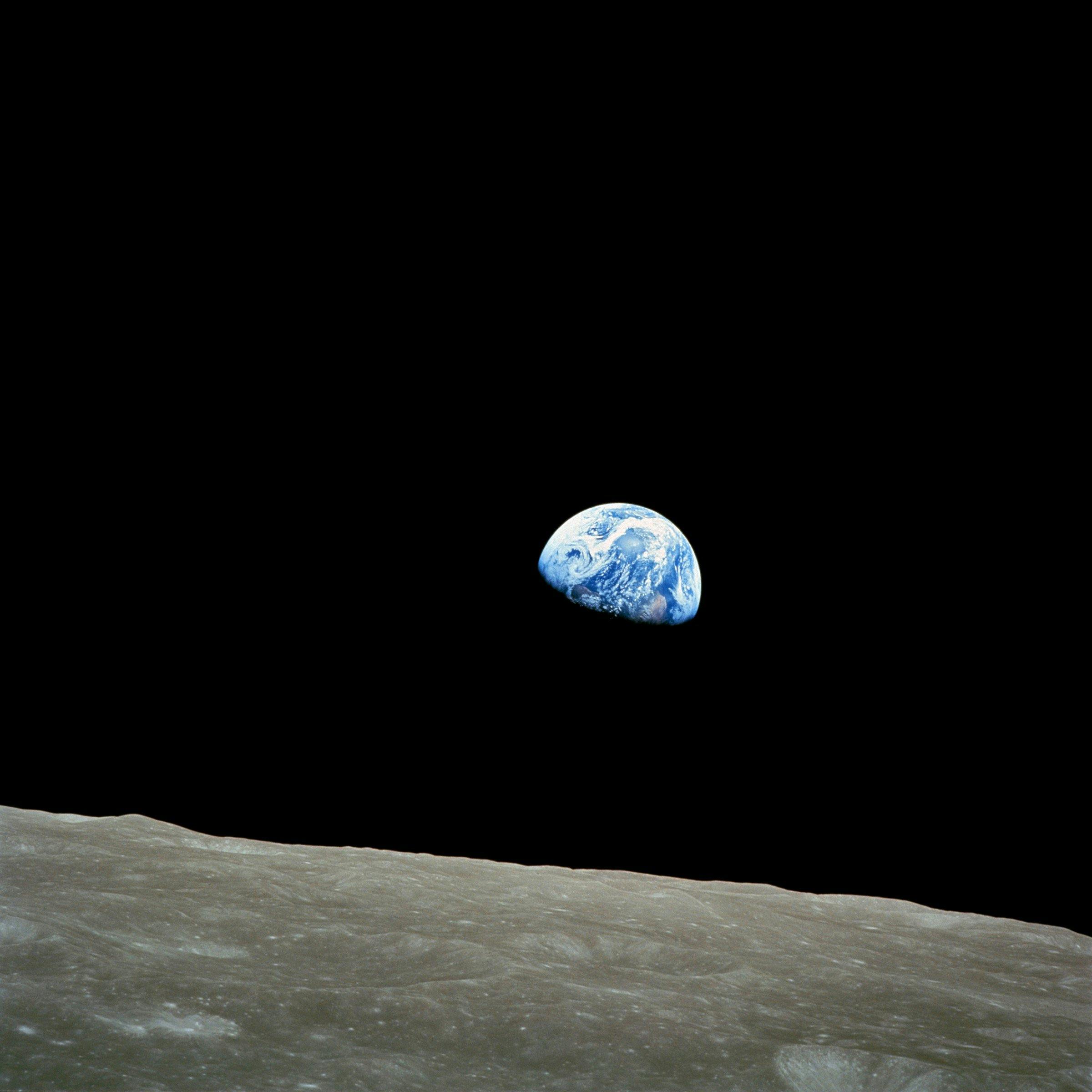
Leave a Reply